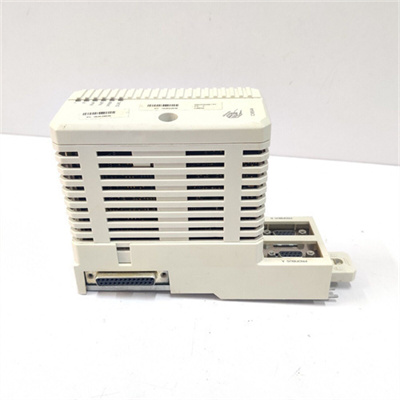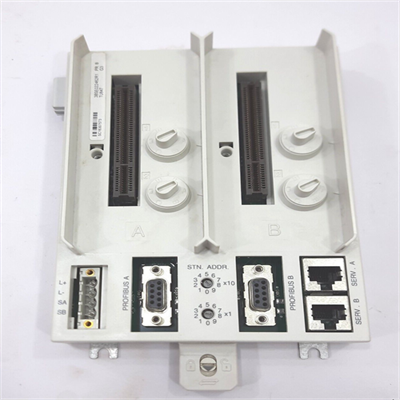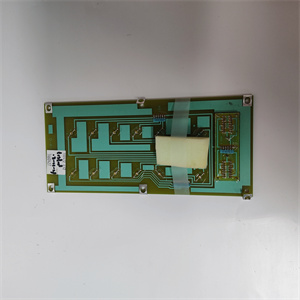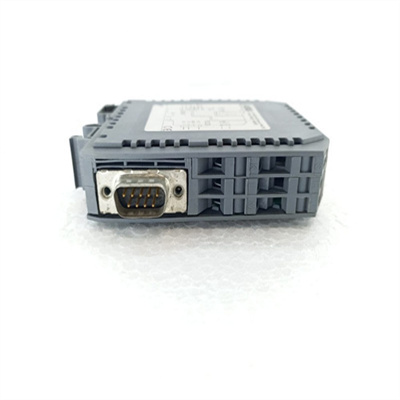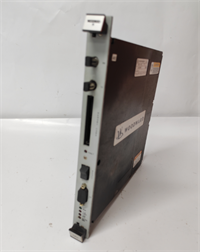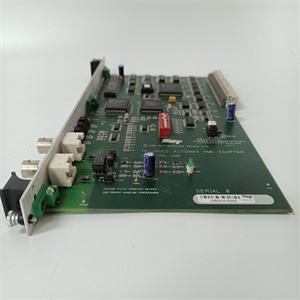
5136-RE-VME
VME (VMEbus) is a high-performance computer bus standard originally developed by Motorola for use in industrial computers and embedded systems. It is a modular system that allows for a wide variety of boards to be plugged into a backplane, providing a flexible and scalable solution for a wide range of applications.
Parameters:
- Form factor: VMEbus
- Bus width: 32-bit or 64-bit
- Data transfer rate: Up to 400 MB/s
- Backplane slots: Up to 21
- Board types: CPUs, memory boards, I/O boards, graphics boards, etc.
Specifications:
- Mechanical: Size, weight, power requirements, etc.
- Electrical: Bus signals, timings, voltages, etc.
- Software: Operating systems, device drivers, etc.
Dimensions:
- VMEbus Single-Height (SH): 233 x 120 mm (9.17 x 4.72 inches)
- VMEbus Double-Height (DH): 233 x 240 mm (9.17 x 9.45 inches)
- VMEbus Full-Height (FH): 466 x 240 mm (18.35 x 9.45 inches)
Weight:
- VMEbus Single-Height (SH): Typically less than 1 pound (0.45 kg)
- VMEbus Double-Height (DH): Typically less than 2 pounds (0.91 kg)
- VMEbus Full-Height (FH): Typically less than 4 pounds (1.81 kg)
Series:
There are many different VME series, each with its own specific features and capabilities. Some of the most common VME series include:
- VMEbus Classic: The original VMEbus standard, introduced in 1982.
- VMEbus Extended: An extension of the VMEbus Classic standard, introduced in 1990.
- VME64: A 64-bit version of the VMEbus standard, introduced in 1995.
- VMEbus System Timing and Control (VSTC): A specification for synchronizing multiple VMEbus systems, introduced in 1998.
Features:
- Modular: Allows for a wide variety of boards to be plugged into a backplane.
- Scalable: Can be expanded to accommodate new requirements.
- High-performance: Supports high-speed data transfer rates.
- Rugged: Designed for use in harsh environments.
Applications:
VME products are used in a wide variety of applications, including:
- Industrial automation: Controlling machinery, robots, and other industrial equipment.
- Defense and aerospace: Avionics, radar, and other military systems.
- Medical imaging: X-ray, MRI, and other medical imaging systems.
- Scientific research: Data acquisition, control systems, and other scientific instruments.
Here are some examples of how VME products can be used:
- Controlling a robotic arm in a manufacturing plant.
- Processing radar data on an airborne surveillance aircraft.
- Generating images for a medical MRI scanner.
- Acquiring data from a particle accelerator in a physics experiment.
Here are some additional resources that may be helpful:
- VME International website: https://en.wikipedia.org/wiki/VMEbus
- VITA (VMEbus Standards Association) website: https://www.vitatech.co/contact
- Open VME website: https://www.vita.com/VMEbus-FAQ
I hope this information is helpful. Please let me know if you have any other questions.
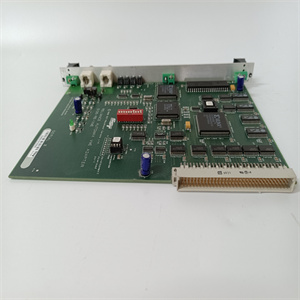
5136-RE-VME
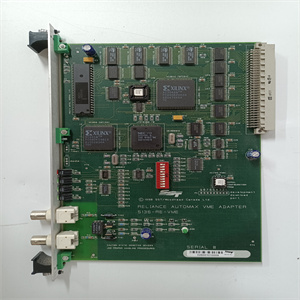
5136-RE-VME

